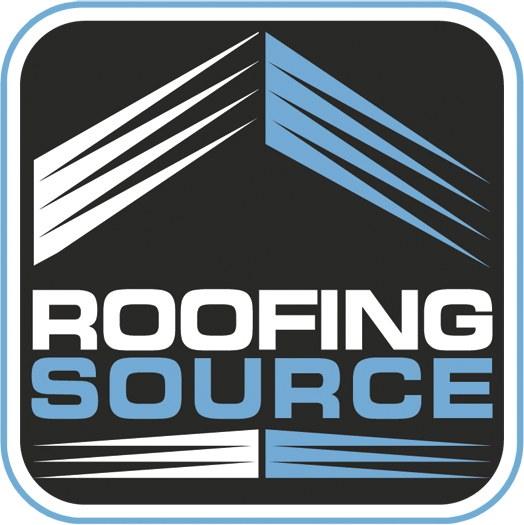A grease containment system is a critical component in maintaining a safe and functional commercial restaurant roof. However, these systems are not foolproof, and failures can lead to costly roof damage, fire hazards, and compliance issues. The reasons behind these failures are often due to equipment issues, service-related failures, or third-party interference. By both understanding these common reasons for grease containment system failures, and taking proactive measures, you can help save on costly roof repairs, mitigate fire hazards, and ensure you stay in compliance.
1. Equipment Issues
Failures related to equipment issues can occur when the system in place is the incorrect type or size, or if it was installed improperly. Understanding the demands of your location is key. The size and type of grease containment system you install should be based on the amount of grease output produced and the type of ventilators present on the roof. A low grease output kitchen with a centrifugal-upblast ventilator on the roof would typically need a much different containment system than a high grease output kitchen with a utility set ventilator on the roof. A good rule of thumb is to remember that bigger does not always mean better. If a containment system is installed on the roof field instead of mounted to the ventilator, this could create a trip or fall hazard which in turn could lead to potential injuries and damage to the roof. This is why understanding your needs before you select a grease containment system is an important step to avoid a grease containment system failure.
Knowing the type of food you cook/prepare, the average sales volume, and the kind of exhaust ventilators on the roof are all variables that can impact the amount of grease output on the roof.
Once you have a grease containment system installed, it must be serviced and maintained to remain functional. Failures typically occur if service is inconsistent, improperly timed, or poorly executed. Common service-related failures include:
Containment trays overflowing
Broken/Missing containment trays
Overspray of grease from cleanings left on roof
A large majority of grease containment failures stem from inconsistent or wrong service intervals. Too few service visits can lead to grease overflow, while too many service visits can be unnecessarily costly. Again, understanding the needs of your locations is key. Success is not just about the equipment—it depends on proper service of the equipment. The exhaust ventilator condition also plays a role in success or failure. Damaged or missing ventilator gaskets, damaged electrical conduits, broken/missing hinges, or damaged/missing downspouts can lead to system failure. Lastly, poorly executed service, like not reinstalling a new absorption pillow, can easily lead to system failure as well.
3. Third-Party Interference
The most common third-party interference happens during kitchen exhaust cleanings. Ventilators need to be opened up to at least 90-degrees to allow a proper cleaning to occur. But, if a ventilator is not cared for during the cleaning process, damage can easily occur to the ventilator which can lead to a system failure. Some containment systems may need to be removed completely to allow for a proper cleaning. If those containment systems are not put back in place after cleaning, the containment system becomes compromised and failure is likely to occur. Additionally, some containment systems can become damaged during service, which can quickly lead to a system failure.
It is best practice to keep a log of all vendors that access your roof. You should also ask for a service report that includes pictures of service completed. It is best to have before and after photos provided as well. This is not only in your best interest, but it is in the best interest of your vendors as well from a liability standpoint. If you utilize in-house crews to complete rooftop service, it is recommended to require the same standards to ensure consistency and provide you full transparency of what happens on your roof. Addressing these key failure points—equipment, service, and third-party interference—ensures the long-term success of your grease containment system.
GreaseCare is a fixed-price program that takes away the guess work by offering a reliable way to avoid costly roof membrane repairs. Additionally, it helps to minimize fire hazards and maintain regulatory compliance through the install and regular service of a custom grease containment system. Need to have your restaurant’s rooftop grease assessed? Contact us online or call at (833) 247-7663.
Written by
Joe Reeder
Client Advisor
joe.reeder@roofingsource.com


